Chronic pain is a perplexing and often misunderstood condition that affects millions of people worldwide. Unlike acute pain, which serves as a vital warning signal of injury or illness, chronic pain persists for months or even years, continuing long after the initial cause has healed. This blog aims to shed light on the complexities of chronic pain, its impact on sufferers, and the available management strategies.
What is Chronic Pain?
Chronic pain is defined as pain that lasts for more than three to six months. It can stem from an injury, surgery, or an underlying health condition, but sometimes it appears without any apparent cause. This type of pain can be constant or intermittent, ranging from mild to debilitating. Common examples include back pain, arthritis, migraines, and neuropathic pain.
The Invisible Burden
One of the most challenging aspects of chronic pain is its invisibility. Unlike a broken bone or a visible wound, chronic pain is not outwardly apparent, leading to a lack of understanding and empathy from others. Sufferers often face skepticism, with their pain being dismissed or minimized by those around them, including healthcare professionals.
This invisibility also extends to its impact on daily life. Chronic pain can significantly affect one's physical and mental well-being, leading to fatigue, sleep disturbances, and decreased mobility. The emotional toll is equally severe, often resulting in anxiety, depression, and feelings of isolation.
The Science Behind Chronic Pain
Understanding chronic pain requires delving into the intricate workings of the nervous system. When we experience pain, sensory receptors send signals to the brain, which interprets these signals and triggers a pain response. In chronic pain, this process goes awry. The nervous system becomes hyperactive, continuously sending pain signals even in the absence of an injury or disease.
This phenomenon, known as central sensitization, is a key factor in chronic pain. It involves changes in the brain and spinal cord that amplify pain perception, making even non-painful stimuli feel painful. This altered pain processing can make managing chronic pain particularly challenging.
The Multifaceted Approach to Management
Managing chronic pain often requires a comprehensive, multidisciplinary approach. There is no one-size-fits-all solution, and what works for one person may not work for another. Here are some common strategies:
1. Medications
Analgesics: Over-the-counter pain relievers like acetaminophen and ibuprofen can help manage mild to moderate pain.
Prescription Medications: For severe pain, doctors may prescribe opioids, though their use is limited due to the risk of addiction. Antidepressants and anticonvulsants are also used to treat certain types of chronic pain.
2. Physical Therapy
Exercise: Tailored exercise programs can improve strength, flexibility, and overall physical function.
Manual Therapy: Techniques such as massage and manipulation can alleviate pain and improve mobility.
3. Psychological Support
Cognitive Behavioral Therapy (CBT): CBT helps patients develop coping strategies and manage the emotional impact of chronic pain.
Mindfulness and Meditation: These practices can reduce stress and improve pain management.
4. Alternative Therapies
Acupuncture: This traditional Chinese medicine technique has been shown to provide relief for some chronic pain conditions.
Chiropractic Care: Spinal adjustments and other treatments can benefit certain types of pain.
5. Lifestyle Modifications
Diet: A balanced diet can reduce inflammation and improve overall health.
Sleep: Improving sleep hygiene can alleviate pain and enhance well-being.
Stress Management: Techniques such as yoga, tai chi, and deep breathing can help manage stress and reduce pain.
Living with Chronic Pain
Living with chronic pain requires resilience and adaptability. It often means making significant lifestyle adjustments and finding new ways to enjoy life despite the pain. Building a strong support network of family, friends, and healthcare providers is crucial. Support groups and online communities can also provide valuable understanding and encouragement.
Conclusion
Chronic pain is a complex and multifaceted condition that demands a comprehensive and compassionate approach to management. By increasing awareness and understanding, we can better support those who live with chronic pain and work towards more effective treatments and improved quality of life. If you or someone you know is struggling with chronic pain, remember that help is available, and there are many paths to finding relief and reclaiming a fulfilling life.

